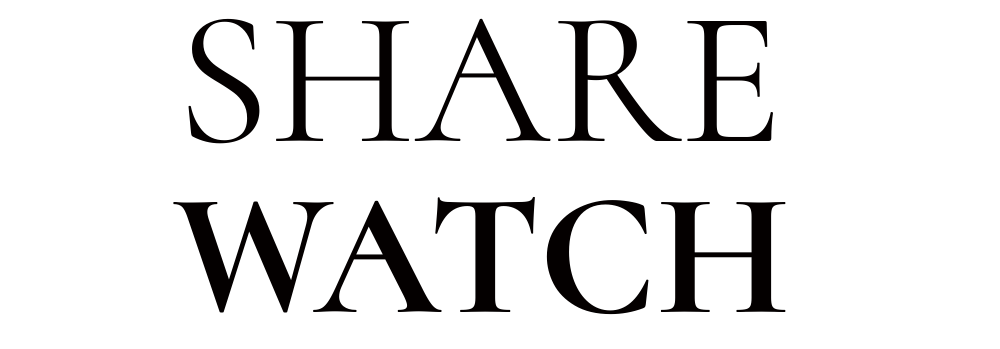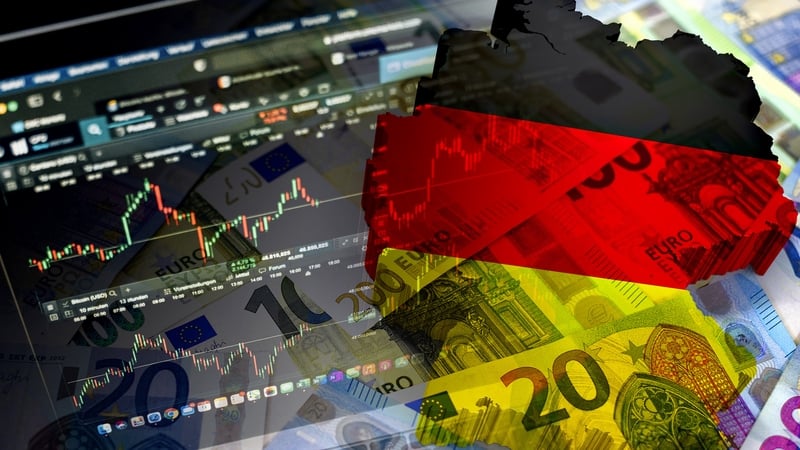German economic institutes have today cut their growth forecast for this year to 0.1% from the 0.8% expected in September, taking into consideration initial US tariffs on steel, aluminium and cars, confirming an earlier Reuters report.
Exports-dependent Germany is the only G7 economy that has contracted for the last two years.
The further “reciprocal” tariffs announced by US President Donald Trump on April 2 and suspended yesterday could still deal a major blow to Europe’s biggest economy, the institutes said, possibly “doubling the negative effects.”
This could put Germany on track for a third year of recession for the first time in post-war history.
German conservatives under Friedrich Merz agreed a coalition deal with the centre-left Social Democrats on Wednesday, aiming to revive growth in Europe’s largest economy.
The institutes’ new forecasts factor in US tariffs of 25% on EU aluminium, steel and cars – which are still in place – but not the tariff increases of 20% on other goods announced last week and suspended for a 90-day period yesterday.
For 2026, the institutes forecast economic growth of 1.3%, unchanged from the previous forecast.
After the February election, the conservatives led by chancellor-in-waiting Merz and the Social Democrats announced a €500 billion fund for infrastructure and sweeping changes to borrowing rules to bolster defence and revive growth.
The fiscal package would likely lead to additional government spending of €24 billion in 2026, adding half a percentage point to economic growth, the institutes said.
Economic weakness is set to take a toll on the labour market, however. Unemployment is seen edging higher this year to 6.3% from 6% in 2024, before falling to 6.2% next year.
Inflation in Germany is expected by the institutes at 2.2% this year, before falling to 2.1% in 2026.
The economy ministry incorporates the combined estimates from the institutes – Ifo, DIW, IWH, IfW and RWI – into its own predictions.




